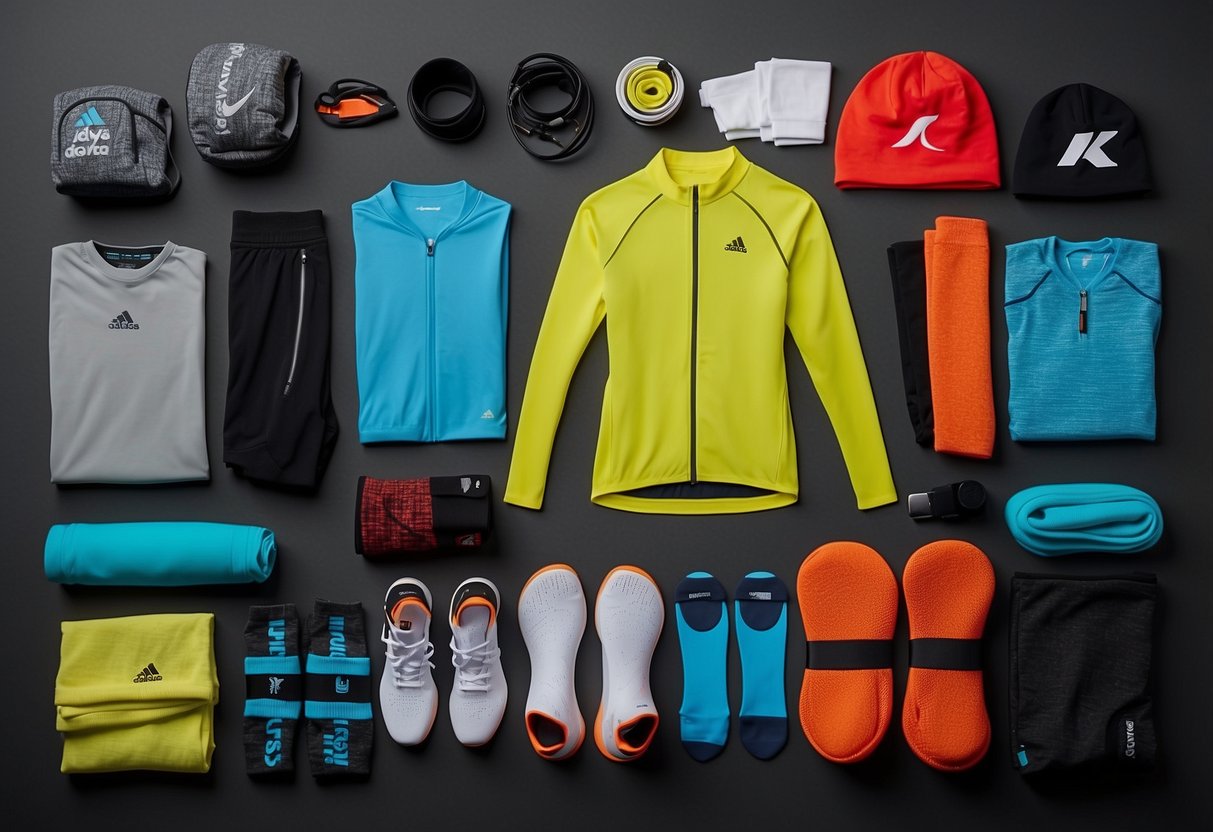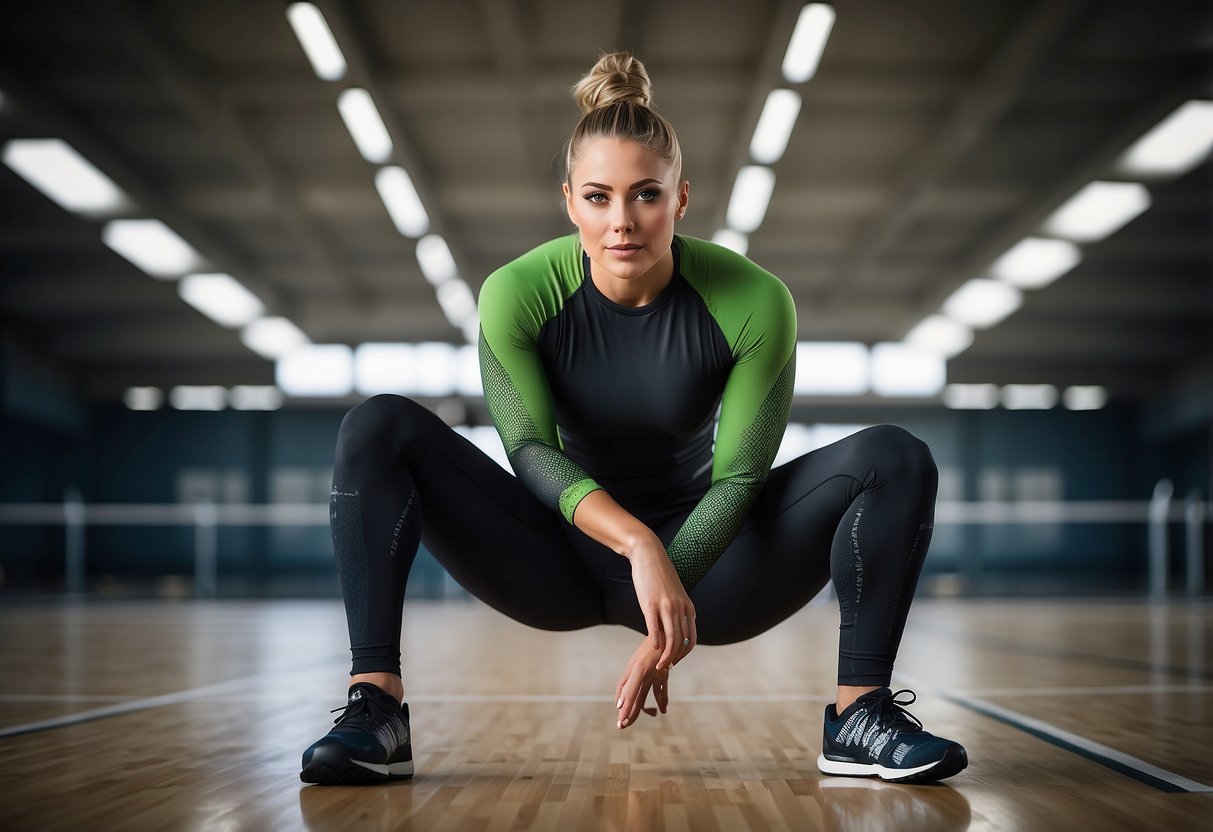
Choosing the Right Fit and Material
Selecting the correct fit and material for compression gear significantly influences performance and comfort. This involves understanding the characteristics of different materials and ensuring a balanced fit that provides snug support without compromising on comfort.
Importance of Proper Fitting
The right fit is crucial for maximizing the benefits of compression gear. If the clothing is too tight, it can restrict movement and cause discomfort. Conversely, if it is too loose, it fails to offer adequate support. Athletes should aim for a snug fit that applies consistent pressure on the muscles, which aids in reducing fatigue and enhancing blood circulation. It should stretch enough to facilitate a full range of motion without impeding athletic performance. Factors such as body shape and specific activity types also play a role in determining the best fit.
Materials: Balancing Comfort and Support
The choice of material is a key factor in the effectiveness of compression gear. Nylon and spandex are popular due to their durability and elasticity. Spandex provides the necessary stretchiness and return to its original shape after extended use. Nylon, often blended with spandex, offers added strength and moisture-wicking properties. Polyester is another option, known for its breathability and quick-drying features. Selecting materials that balance comfort and support is important to ensure they maintain snugness without causing friction or discomfort during prolonged wear. Athletes should consider their specific needs, whether prioritizing moisture management, flexibility, or durability, to make informed decisions about their gear.
Compression Gear in Professional Sports

Compression gear has become an important component of many professional athletes’ uniforms, both as a performance-enhancing tool and for its recovery benefits.
Adoption in NFL and Other Leagues
The NFL and other major leagues have seen significant adoption of compression gear. NFL players regularly use compression garments to maintain muscle stability and reduce the risk of injury during high-impact plays. Basketball and soccer leagues also incorporate compression wear, valuing its utility in improving blood flow and reducing muscle fatigue.
These garments help athletes perform at their best while allowing for faster recovery after intense sessions. The trend is noticeable across various sports, with athletes relying on compression shorts, sleeves, and socks as part of their regular sportswear.
Compression Wear as Standard Athletic Equipment
Compression apparel is now viewed as standard equipment in many professional sports. Aside from the NFL, sports like track and field, cycling, and swimming have integrated compression gear into their training and competition routines. This gear supports key muscle groups and circulatory systems, aiding in overall athletic performance.
Some teams even customize their compression gear to fit their specific uniform designs and branding, ensuring that athletes stay competitive and visually cohesive. The widespread use of compression wear is a testament to its effectiveness in the high-stakes world of professional sports.



